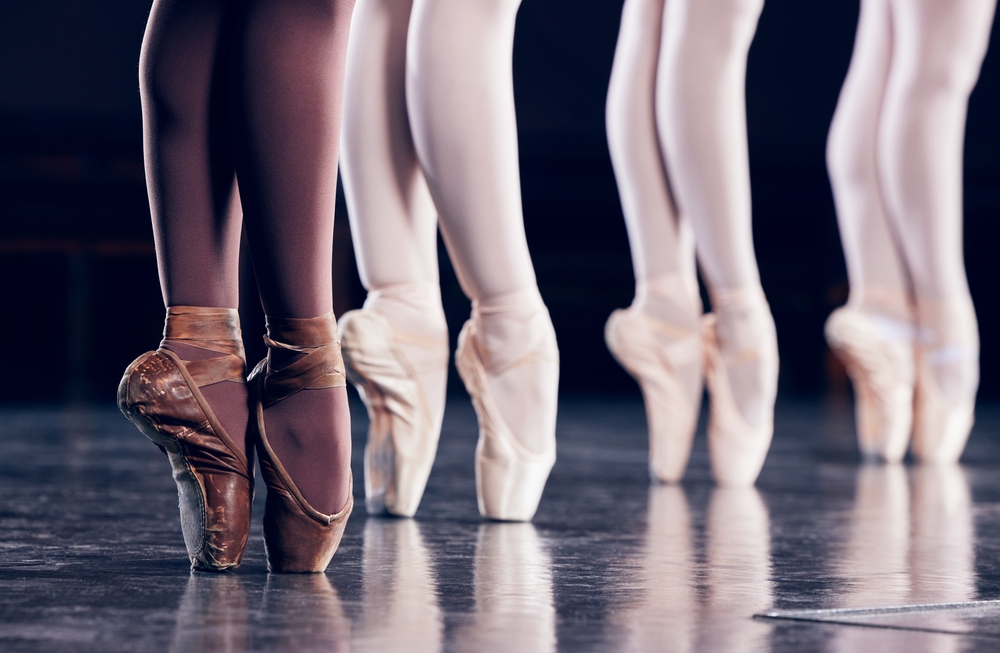Stepping into the Future of Ballet: The Advent of Technological Innovations
Delve into the fascinating intersection of tradition and modernity as we explore how technological advancements are revolutionizing the elegant world of ballet, from holographic performances to AI-choreographed routines. Ballet, a revered art form with roots in the Italian Renaissance, has always been synonymous with grace, tradition, and precision. However, the advent of groundbreaking technologies has taken this classic art form into the 21st century, reshaping the way we perceive and experience ballet. From the utilisation of digital projections to the incorporation of AI in choreography, technology has begun to weave itself into the fabric of ballet, offering a novel perspective on this timeless art form.

Current Advances: Holography and Virtual Reality
The use of holographic technology and virtual reality in ballet productions has gained momentum in recent years. In 2016, the Dutch National Ballet unveiled ‘Night Fall’, the first Virtual Reality ballet, immersing viewers into a magical world that blurred the boundaries between reality and fantasy. In a similar vein, holographic technology has enabled the recreation of ballet legends such as Rudolf Nureyev, whose holographic performance alongside real dancers breathes new life into classic productions.
AI in Choreography: A New Dance Partner
Artificial Intelligence has also made its mark on ballet, most notably in the realm of choreography. AI algorithms can now generate unique ballet routines, challenging traditional choreographic methods. The collaboration between human dancers and AI not only brings a fresh wave of creativity but also raises intriguing questions about the nature of art and the role of technology in its creation.
The Impact: A New Era for Ballet
The use of technology in ballet has sparked a lively debate among purists and innovators. While some argue that these advancements could detract from the traditional essence of ballet, others contend that they enrich the art form, making it more accessible and appealing to a wider audience. Regardless of differing opinions, it is undeniable that technology has opened up a world of possibilities for ballet, propelling it into a new era.
Looking Forward: The Future of Ballet and Technology
As we navigate this intersection of tradition and innovation, the future of ballet seems promising and exciting. The marriage of technology and ballet has the potential to redefine the boundaries of this art form, creating immersive, interactive experiences that captivates audiences in ways we can only begin to imagine. While it remains to be seen how these advancements will shape the future of ballet, one thing is clear: technology has set the stage for a new chapter in the rich history of ballet.
In conclusion, the advent of technological innovations in ballet symbolizes an exciting fusion of tradition and modernity. As we step into this new era, we are reminded that while ballet is a celebration of history and tradition, it is also a reflection of our evolving society, continuously adapting and innovating to resonate with each new generation.




